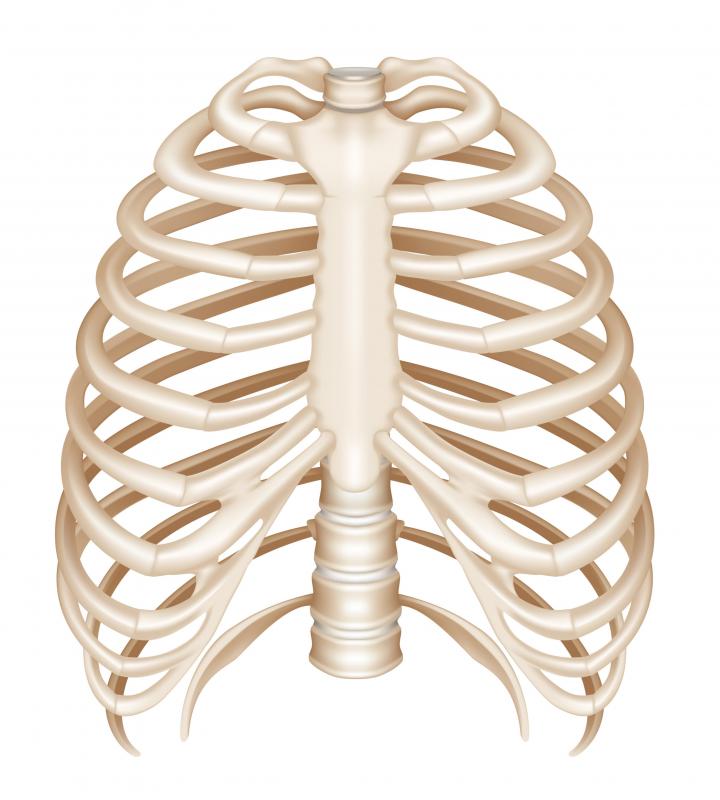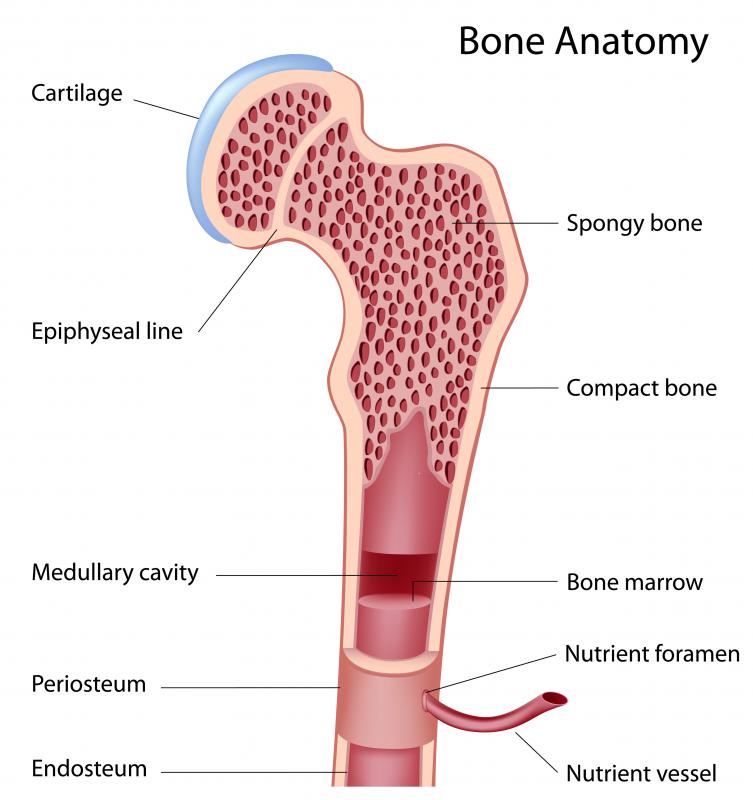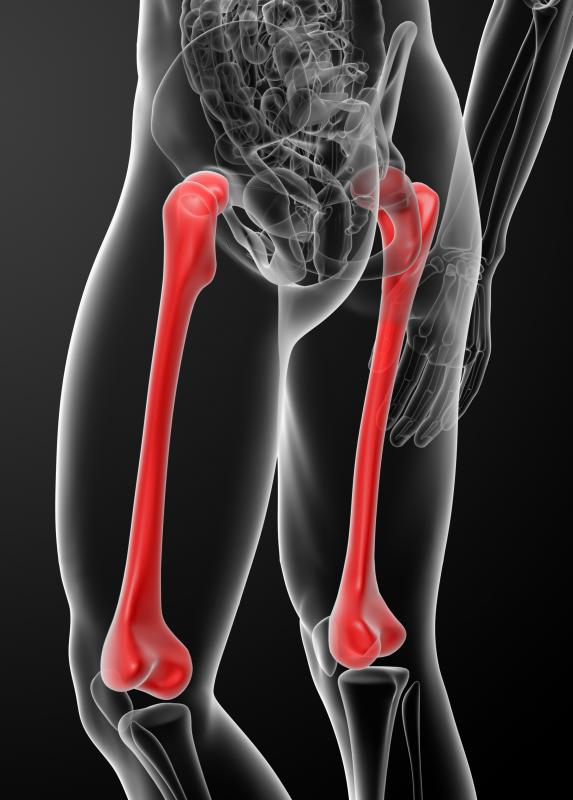At WiseGEEK, we're committed to delivering accurate, trustworthy information. Our expert-authored content is rigorously fact-checked and sourced from credible authorities. Discover how we uphold the highest standards in providing you with reliable knowledge.
What Is the Biomechanics of Bone?
The science that researches the effects movement and different forces exerted on the body, both internally and externally, is called biomechanics. The biomechanics of bone examines the dynamics and the consequences, or the way bones react, when faced with changes. A change that may occur internally could range from contraction of different muscles groups applying pressure against the bones to alterations in the bone structure, such as abnormal bulges in the joints resulting from arthritis. External forces can range from such things as attempting to lift a heavy object to variations in the surface when walking.
The composition, strength, length, health and positioning of the bone inside the body all have an influence in determining the biomechanics of bone and thus affects its mechanical functioning. In other words, the bones in the extremities, or arms and legs, are more resilient and adapt quickly to changes as they are more accustom to internal and external fluctuations than bones located deeper inside the body, like the ribs. Bones with more density, such as the femur, or thigh bone, resist stressors better than smaller, thinner bones found in the hand or foot, and therefore are less likely to sustain an injury from excessive stress.

Bone integrity also plays an important role in the biomechanics of bone, which is made up of several different types of tissue. This structure includes compact bone, otherwise known as the hardened outer shell, as well as spongy tissue, the softer, somewhat “airy” tissue inside the compact bone where structures such as blood vessels and bone marrow are located. The majority of the solid bone structure is called the bone matrix. Damage to the bone matrix can be experienced with certain injuries, health conditions or can occur naturally as the body ages, can decrease the bone’s overall unity and diminish its ability to react to constant changes. This impairment, commonly in the form microtears, or tiny splits in the bone’s surface, can weaken its integrity and increase the chances of fractures or bone breaks when stressors are placed upon it.

On the other hand, the biomechanics of bone, or its ability to react to changes, relies on the bone’s ability to constantly renew or reproduce new cells, a mechanism called remodeling. This process can essentially aid in the repair of damaged bone cells, and is reliant on a certain amount of stress in the form of muscular contractions and alteration in the load or force placed on the bone. For example, when the biomechanics of bone in the leg is altered by a fracture, the initial healing process commonly requires the limb to not have any force applied to it. As the bone begins to heal, a certain amount of weight bearing may be necessary for the bone to rebuild.
AS FEATURED ON:
AS FEATURED ON:













Discuss this Article
Post your comments